Who Owns the Beach? Understanding Waterfront Property Rights Across the Gulf Coast
By Meredith Amon, Licensed in Alabama and Florida
Guided by Integrity. Backed by Experience. Search the Gulf with Meredith Amon
Where the Sand Meets the Law: Gulf Coast Beach Rights Explained
As a real estate advisor living on Ono Island and working along the entire Gulf Coast, I’m often asked, “Can someone anchor their boat near my beach?” or “Where does my private property end?” These are valid questions—especially in a region where property laws can change significantly from one state to the next.
Let’s explore the differences in coastal property rights between Alabama, Florida, Mississippi, and Louisiana, using plain language and real-life scenarios I often see from boaters and homeowners alike.
Understanding Key Legal Terms
Before diving into state-by-state differences, here are two terms that apply broadly across the Gulf Coast:
-
Mean High Tide Line (MHTL): The average point on the shore reached by high tides. It serves as a legal boundary in many states.
-
Public Trust Doctrine: The principle that certain natural resources—like navigable waters and submerged lands—are preserved for public use.
Alabama
Private Property Rights:
In Alabama, coastal property owners own to the mean high tide line (MHTL). That means if you own waterfront property, you own the dry sand—but not the wet sand or water.
Public Access Rights:
The land seaward of the MHTL—including wet sand, tidal waters, and submerged land—is held by the state in trust for public use. Activities like fishing, walking in the wet sand, and anchoring in navigable water are allowed.
Key Takeaway for Alabama:
You can restrict access to dry sand, but cannot prevent boats from anchoring offshore in tidal waters or people from walking in the wet sand below the high tide line.
Florida
Private Property Rights:
Florida follows the same MHTL rule. Property owners typically own to the MHTL, and any land beyond that is considered public trust land.
Unique Florida Law:
Florida also has a legal concept called “customary use”. In some counties, public use of even dry sand areas has been historically allowed if it can be proven that the public has used the beach without interruption for decades. This law is currently under scrutiny and being challenged in several counties.
Key Takeaway for Florida:
Public access to wet sand and submerged land is protected, but some public use of dry sand may be allowed in areas with a history of long-term customary use.
Mississippi
Private Property Rights:
Mississippi's rules are a little more ambiguous. The state claims ownership of tidal lands below the mean high tide line. However, the public does not always have full access to dry sand above that line unless it’s clearly public land.
Public Access Rights:
The Mississippi Secretary of State oversees public trust tidelands. Wet sand and submerged lands are generally held for public use.
Key Takeaway for Mississippi:
Similar to Alabama and Florida—dry sand is generally private, but wet sand and water are public. However, enforcement and signage can vary more here.
Louisiana
Private Property Rights:
Louisiana is the most restrictive and unique of all Gulf Coast states. Here, private landowners can own submerged land—even under water.
That means a property owner may legally own the bottom of a waterbody—and that gives them the right to prohibit anchoring, power-poling, or standing on the bottom.
Why?
These rules stem from long-standing oil, gas, and duck hunting leases.
Public Access Rights:
Navigation is allowed—you can pass over submerged private land—but you cannot anchor or stop without permission. Doing so could be considered trespassing.
Key Takeaway for Louisiana:
The most restrictive of the Gulf Coast states. In many cases, even the water bottom is privately owned, and anchoring may be prohibited.
Real-Life Scenario: Courtesy Goes a Long Way
A post I recently learned about a respectful exchange in Alabama between a boat owner and a homeowner. The boat anchored nearby, and the homeowner politely reminded them it was private property. The boater thanked him, picked up trash, and left without incident. That kind of mutual respect is the key to sharing our incredible Gulf Coast waterways.
| Category | Alabama | Florida | Mississippi | Louisiana |
|---|---|---|---|---|
| Property Line Boundary | To Mean High Tide Line (MHTL) | To Mean High Tide Line (MHTL) | To Mean High Tide Line (MHTL) | Can extend below water—includes submerged land |
| Dry Sand Ownership | Private | Private, but may be subject to customary use in some counties | Private | Private, depending on parcel and lease |
| Wet Sand Access (Public Use) | Public, held in trust by the state | Public, held in trust by the state | Public, held in trust by the state | Usually private if part of leased water bottoms |
| Submerged Land Ownership | Owned by State of Alabama | Owned by State of Florida | Owned by State of Mississippi | Can be privately owned |
| Anchoring Rights Near Shore | Allowed in navigable waters below MHTL | Allowed in navigable waters below MHTL | Allowed in navigable waters below MHTL | Anchoring may be prohibited if bottom is privately owned |
| Power-Pole / Staking Rights | Allowed below MHTL in public trust waters | Allowed below MHTL in public trust waters | Allowed below MHTL in public trust waters | Often not allowed due to private bottom ownership |
| Public Trust Doctrine Applies? | ✅ Yes – applies to water, wet sand, submerged land | ✅ Yes – applies to water, wet sand, submerged land | ✅ Yes – applies to water, wet sand, submerged land | ❌ Not always – varies, private rights may override |
| Customary Use Doctrine? | ❌ No | ✅ Yes – varies by county, often contested in court | ❌ No | ❌ No |
| Unique Legal Consideration | Standard MHTL boundary | Customary use allows public to access some dry sand in specific areas | Less litigated but follows typical MHTL rule | Duck hunting and oil/gas leases shape private submerged land ownership |
Tips for Homeowners & Boaters
For Homeowners
-
Know your property boundary—generally, the dry sand is yours, but the water is not.
-
Be courteous but clear if you need to ask someone to move off your private beach.
-
Install signage near your dock or shoreline to avoid confusion.
For Boaters
-
Avoid anchoring in front of private docks or on dry sand without permission.
-
Stay below the mean high tide line unless invited ashore.
-
Keep music to a minimum and always pack out trash.
-
If in Louisiana, do not anchor unless you're certain it’s public water.
Final Thoughts
Understanding coastal property rights is key to avoiding disputes and making the most of your time on the water or at your beachfront home. If you're looking to buy or sell a waterfront property in Alabama or Florida, I’d love to guide you through the details—from riparian rights to setbacks and seawall rules.
You can explore all waterfront listings, learn about property lines, and connect with local real estate knowledge at
www.searchthegulf.com
#searchthegulf #meredithamon #becausewelivehere
Search Coastal Alabama Homes and Real Estate For Sale
- All Listings
- Under $100,000
- $100,000 - $200,000
- $200,000 - $300,000
- $300,000 - $400,000
- $400,000 - $500,000
- $500,000 - $600,000
- $600,000 - $700,000
- $700,000 - $800,000
- $800,000 - $900,000
- $900,000 - $1,000,000
- Over $1,000,000

.gif)

Ono Island Boathouses: Old River & Bayou St. John vs. Canal Rules | Meredith Folger
Building a Boathouse on Ono Island: My Owner’s Guide to “Big Water” vs. Canal Rules
I’m Meredith Amon, a homeowner on Ono Island — https://www.searchthegulf.com/ono-island/ and a Gulf Coast real estate advisor licensed in Alabama and Florida. I work with owners, architects, and builders to design…

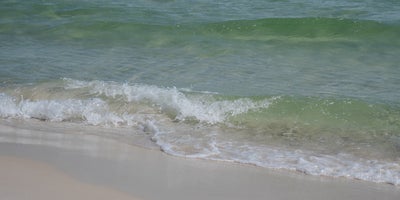
Orange Beach Homes: Prices, Waterfronts & Docks

Ono Island Concrete Trends: CMU vs. ICF
Ask A Question or Sign Up To See New Real Estate Listings Before Your Competition
When it comes to finding the home of your dreams in a fast-paced market, knowing about new listings as soon as they are available is part of our competitive advantage.Sign up to see new listings in an area or specific community. Contact Meredith with any questions you may have.
Would you like me to create a downloadable PDF of this guide or draft a second version as a handout for clients?
Posted by Meredith Folger Amon on

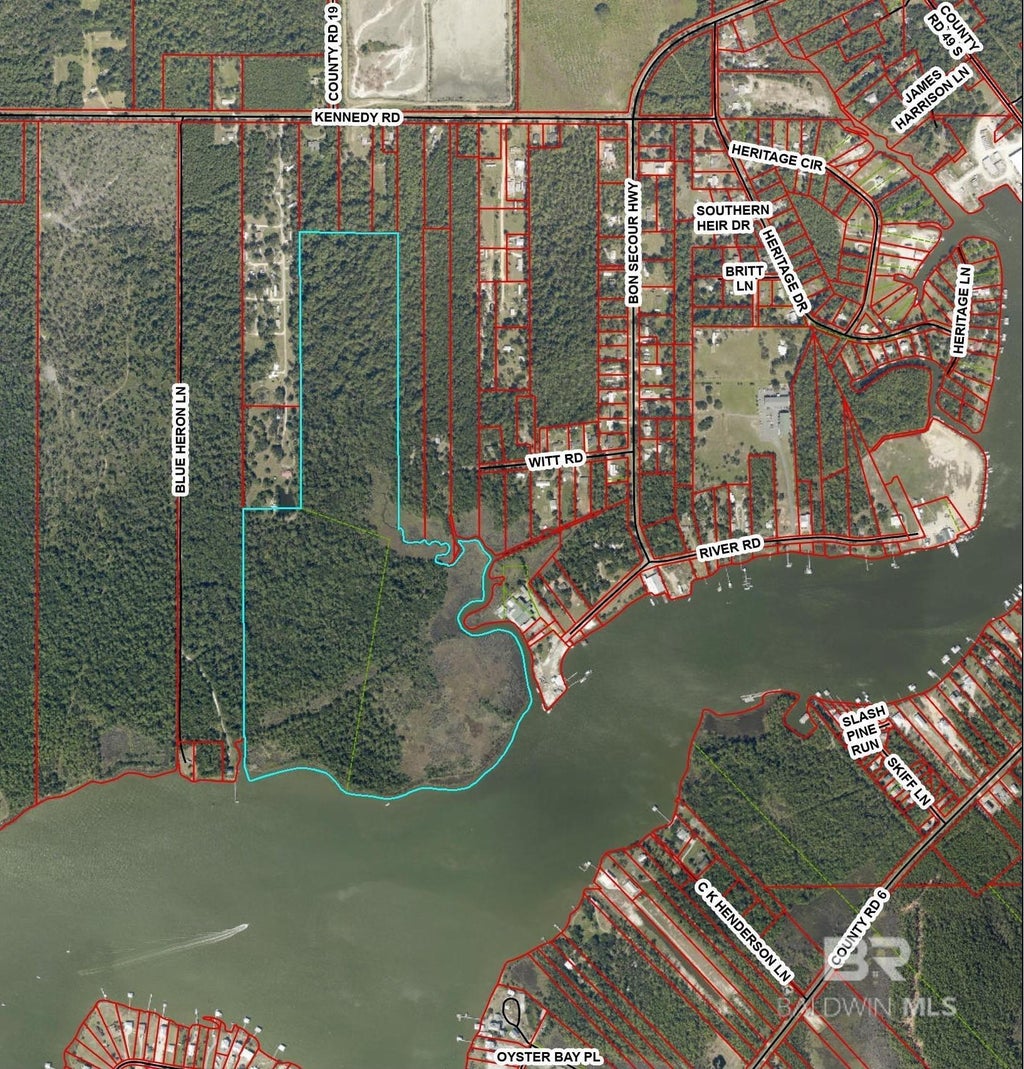
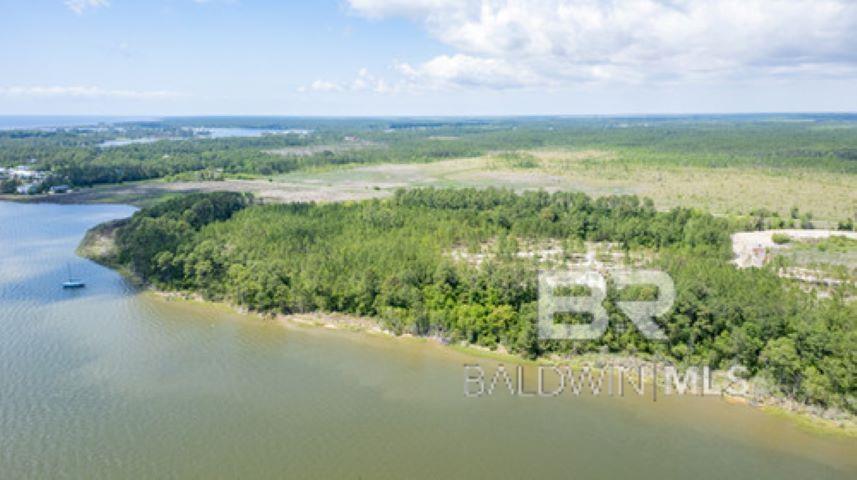
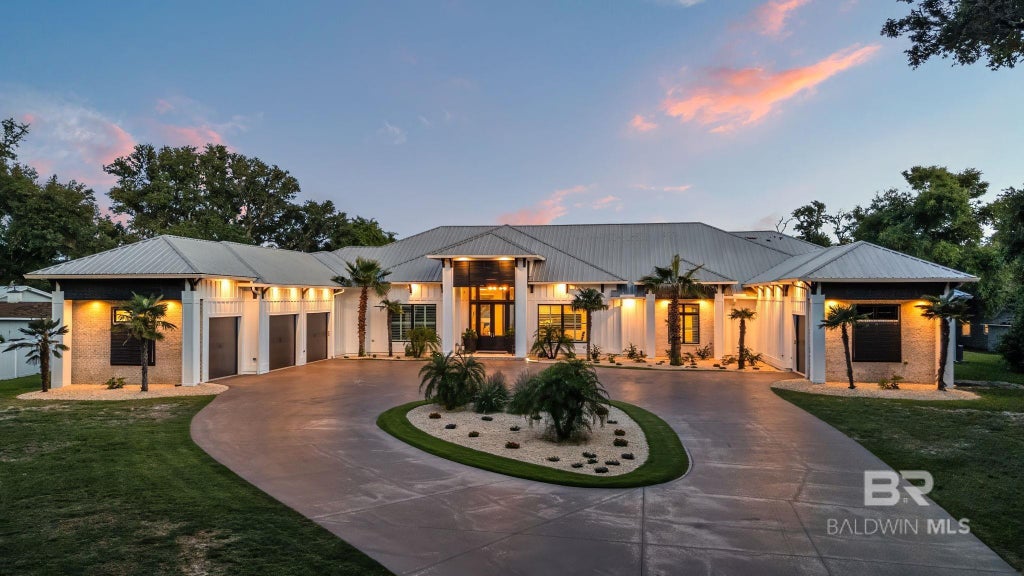
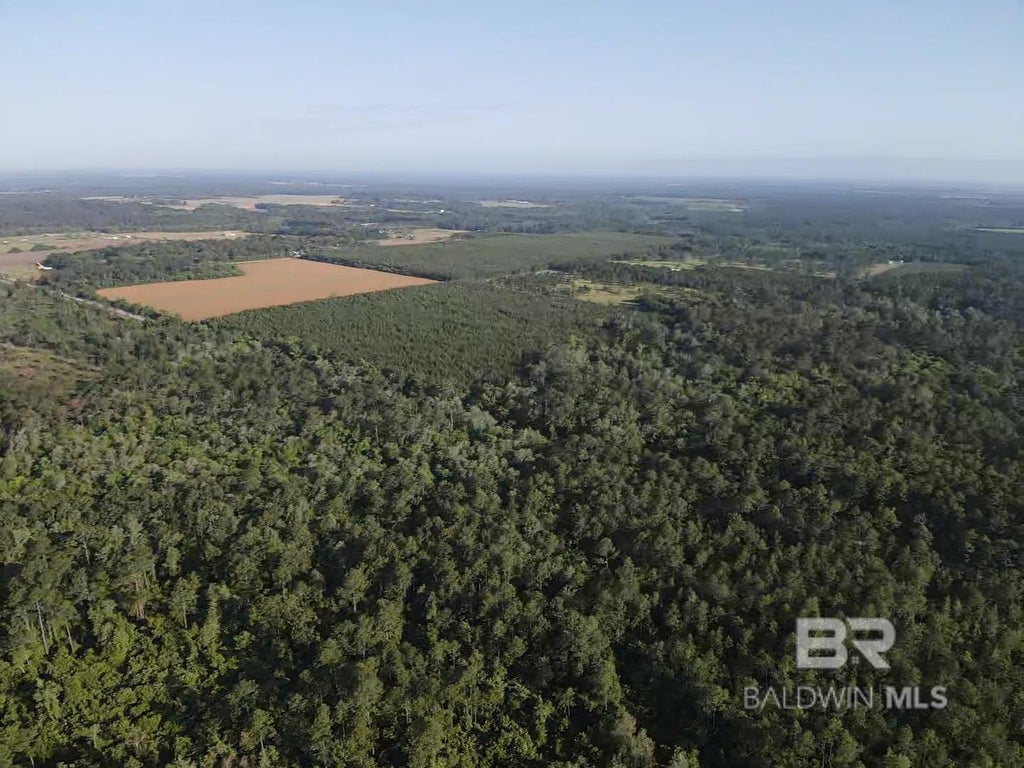
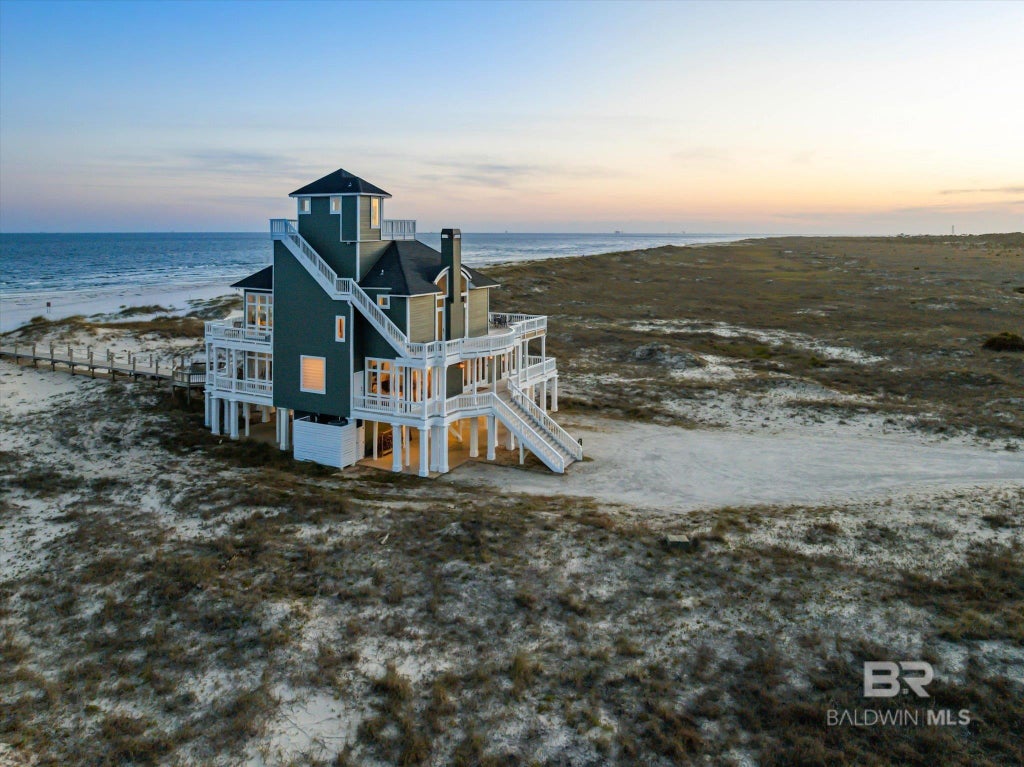
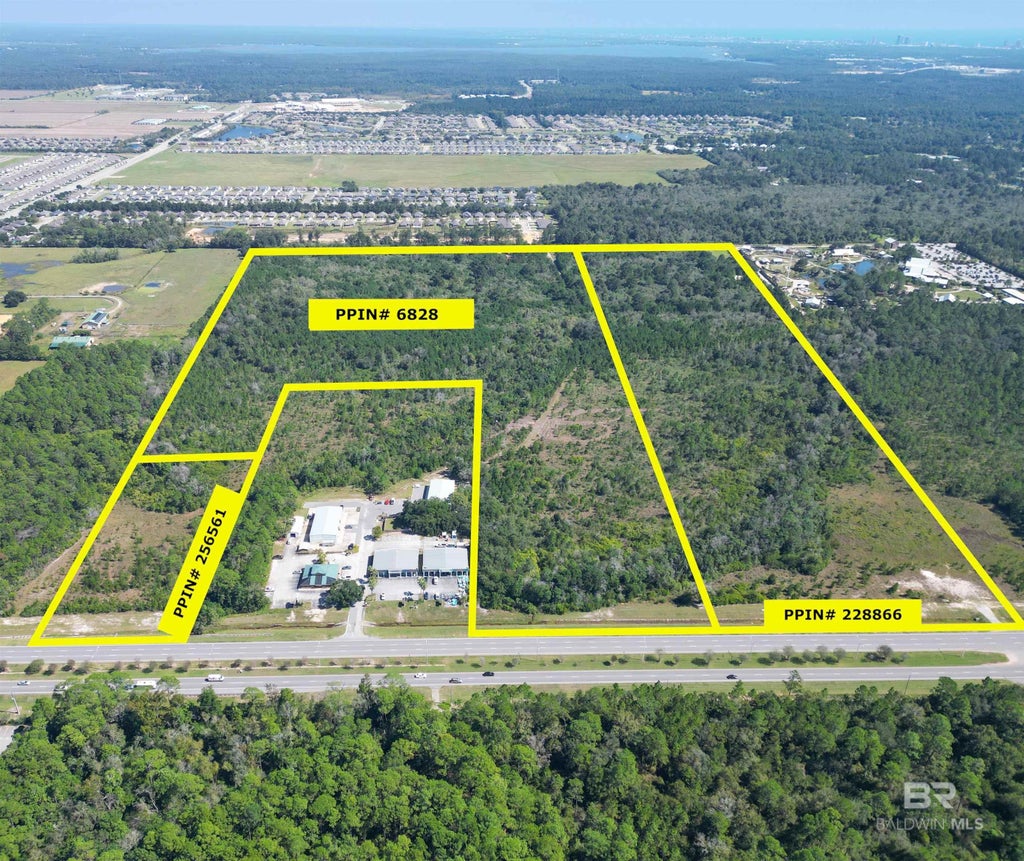
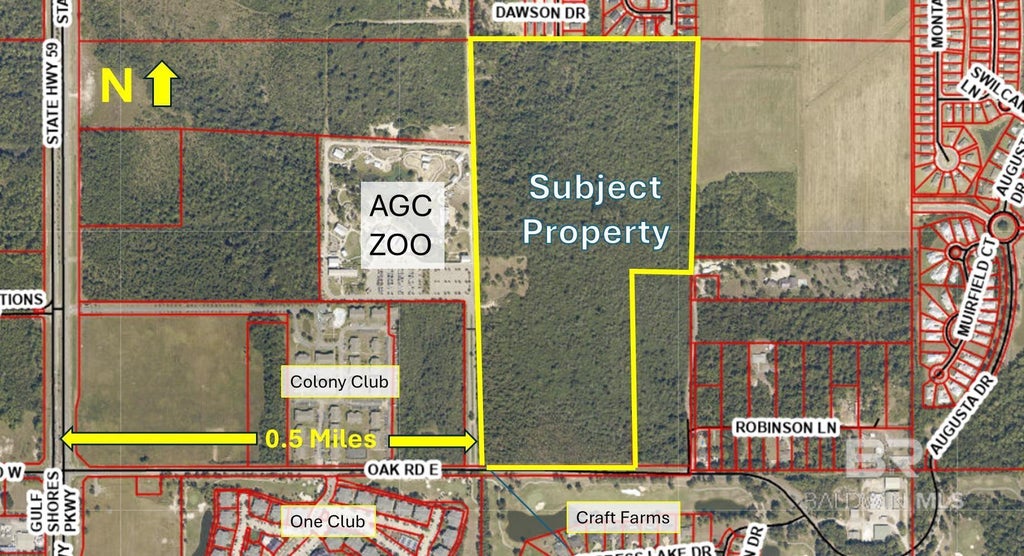



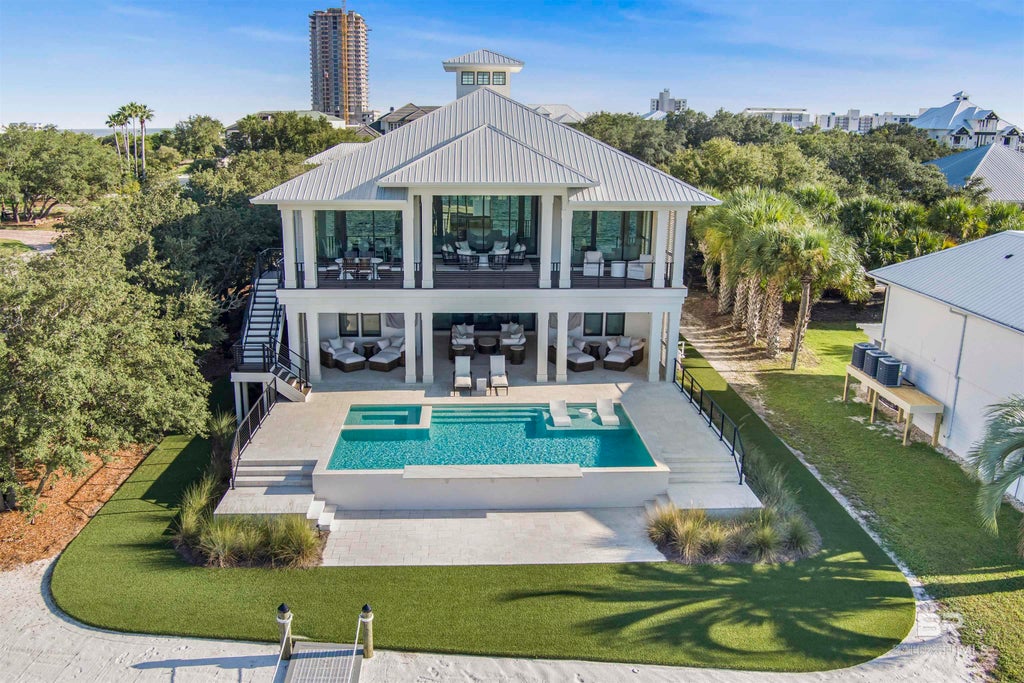
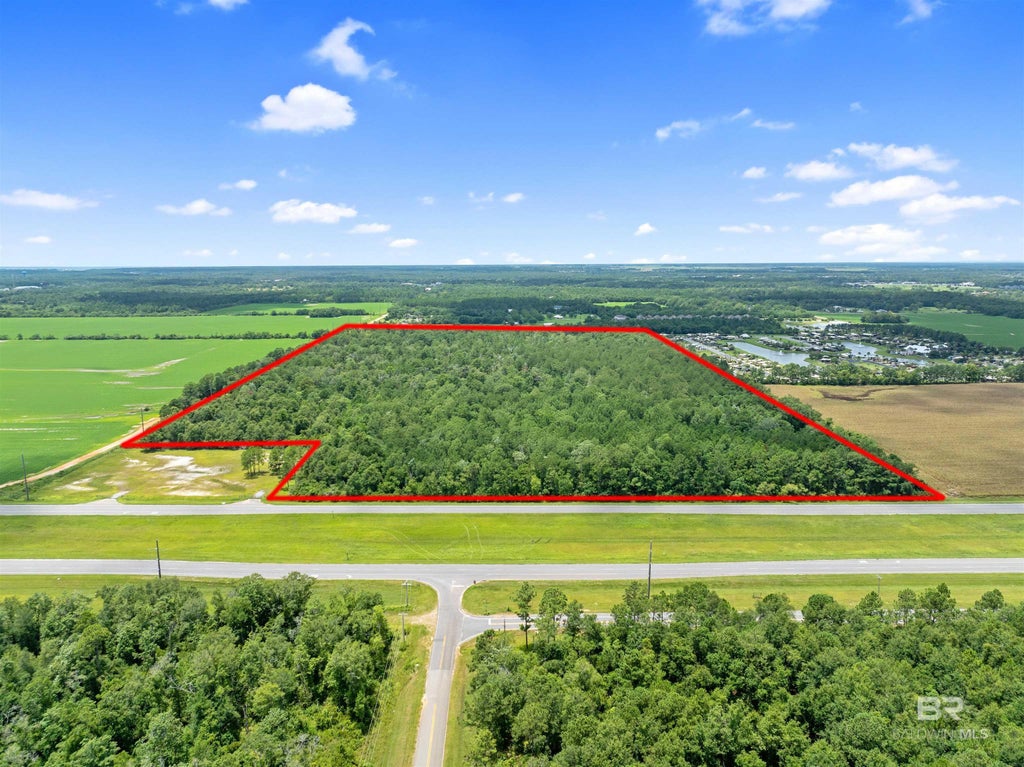

Leave A Comment